I'm using Mayavi to plot an iso-surface of a gyroid. My problem is that I need a more solid structure by filling one side of the two generated areas. In the following pictures, you can see how my generated iso-surface looks like and how it should look like after filling one side.
My generated iso-surface:
How it should look like:
The iso-surface can be generated by the following equation:
U = sin(2*pi * x/a) * cos(2*pi * y/a) + sin(2*pi * y/a) * cos(2*pi * z/a) \
+ sin(2*pi * z/a) * cos(2*pi * x/a)
I plotted the iso-surface = 0 by using this: mlab.contour3d(U, contours=[0])
I hope somebody can help me out.



